When I first started thinking about building a side hustle, I believed that just doing “the right thing” would guarantee success.
Study the market. Listen to customers. Make smart moves.
Turns out, that’s only part of the story. In The Innovator’s Dilemma by Harvard professor Clayton M. Christensen, a classic in business strategy and innovation, he shows how even the best-run companies collapse when they follow those exact rules at the wrong time.
Also, Sears and Kodak, once unbeatable, crumbled because they missed small, disruptive trends that didn’t look profitable at first.
He explains why doing what seems smart today can set you up for failure tomorrow.
If you’re trying to build your online business or side hustle, but you’re unsure what to focus on or how to balance it with your life, this book has answers. Let’s break down nine lessons that could change the way you think about starting and growing your ideas.
Table of Contents
Summary of The Innovator’s Dilemma by Clayton M. Christensen
“Most successful companies fail because they do everything right.” That is the uncomfortable truth Clayton M. Christensen shares in The Innovator’s Dilemma, about why strong companies collapse when faced with disruptive innovation.
He shows that big companies lose not because they lack smart leaders or strong brands, but because they focus too much on what their current customers want. By the time a new market appears, it is often too late. He uses real examples like Sears, IBM, and Kodak to explain how sticking only to sustaining technologies led these giants to fall behind.
You will learn why disruptive technologies first look weak, why markets that do not exist yet cannot be measured, and why small bets on emerging ideas can lead to huge wins later. If you are trying to build a side hustle or business while managing life’s other demands, this book will help you think differently. It will push you to spot small opportunities others ignore.
Christensen also shares practical ways you can avoid the same mistakes. Like creating small teams to explore new markets without risking your main business. Or learning to act before every detail is clear.
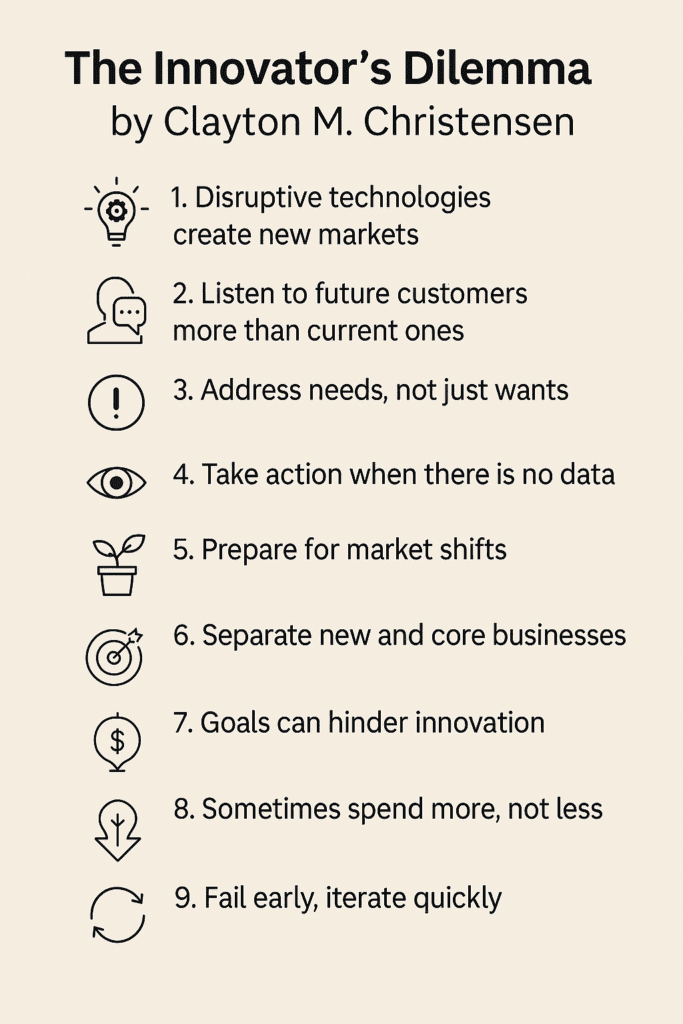
If you want to create something lasting while juggling your day job, or you feel stuck because you are scared of picking the wrong idea, The Innovator’s Dilemma gives you the mindset you need to move forward wisely.
9 Lessons from The Innovator’s Dilemma by Clayton M. Christensen
“Doing the right thing is the wrong thing when the rules change.” That is the tough reality Clayton M. Christensen brings up in The Innovator’s Dilemma.
If you are trying to start an internet business or side hustle while juggling work, life, and doubts, these lessons will help you move smarter. They will show you why doing what feels safe could quietly set you up for failure — and how to avoid it.
Here are 9 powerful lessons you can use right now:
1. Good management can kill great companies
Christensen shows that companies fail not because they are badly run, but because they follow the exact advice everyone gives. Listen to customers. Focus on profits. Improve what already works.
Sounds smart, right? But when the market shifts, these habits become traps. You need to remember this: doing what worked yesterday can block what you should do next.
When you are building your business, do not get stuck trying to only “perfect” what you are doing. Stay curious. Stay open.
2. Customers are not always right
He explains that customers can only tell you what they want based on what they already know. They cannot describe products they have never seen.
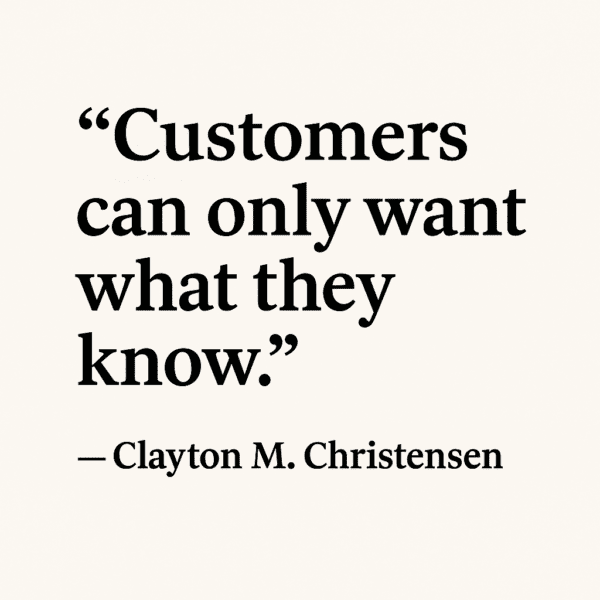
If you are stuck waiting for customer feedback before you create something new, you will move too slow. Sometimes, you have to trust your instincts. You have to take a risk on what the customer does not even realize they need yet.
3. Big markets are slow to adopt change
Christensen points out that disruptive ideas often start in small markets. Big companies ignore them because they seem too tiny to bother with.
You might feel pressure to launch a side hustle that targets the biggest market. But that could backfire. Small, weird, “unattractive” markets grow. They reward those who dare to start early.
4. New markets cannot be predicted with data
He shows that the biggest mistake companies make is waiting for “enough” data before acting. In new markets, there is no solid data.
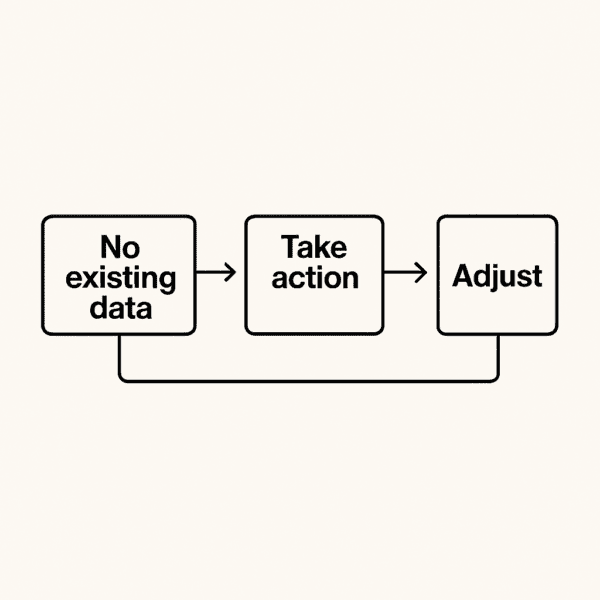
If you are waiting for perfect certainty to start your business, you will stay stuck. You do not need to have it all figured out. You just need to take smart, small steps and adjust as you learn.
5. Disruptive products often look bad at first
Christensen says disruptive products almost always seem weaker than existing ones when they appear. Early versions are clunky, low-quality, or limited.
If you build something and it looks rough compared to the “perfect” products out there, that is normal. Every powerful idea looked small and unimpressive at first. Keep improving. Keep going.
6. Successful habits can become blindfolds
He points out that what makes a company successful can later destroy it. Leaders get so good at a certain way of winning that they miss when the game changes.

You need to check yourself often. Ask: Am I stuck doing things just because they used to work? What small changes are happening that I am ignoring?
If you are serious about building a business that lasts, you have to learn to spot tiny shifts early.
7. Resource allocation shapes the future
Christensen shows that big companies fail not because they cannot innovate, but because their money, attention, and energy stay locked on old products.
In your life, your time is your biggest resource. If you spend all your free time only doing what feels safe, you will miss your chance to build something new. You have to actively choose to invest energy in unproven ideas.
Even if it is just 30 minutes a day, it matters.
8. Separate new projects from old ones
He advises that when big companies succeed with disruptive innovation, it is because they create separate teams. They allow new projects to grow without being crushed by old habits.

If you are building a side hustle while working full-time, you need to give it its own space. A separate notebook. A separate calendar slot. A separate energy.
Your new idea needs breathing room to grow without the weight of your current job or responsibilities squeezing it to death.
9. Being early beats being perfect
Christensen teaches that when it comes to disruptive technology, it is better to be early and messy than late and polished.
If you wait until everything feels perfect before you launch your idea, you will be too late.
The courage to start rough, small, and uncertain is the real skill you need.
Building something while balancing a million other things is not easy. But it is possible. You do not have to predict every detail. You do not have to get it perfect the first time.
You just need to start with small, smart moves, stay open, and be willing to look wrong for a while.
If you found these lessons helpful, you will get even more from reading The Innovator’s Dilemma yourself. Christensen goes deeper into the real stories, strategies, and insights that can help you think smarter about building your future.
Wrapping Up
Building a business or side hustle while managing everything else in life can feel overwhelming. The Innovator’s Dilemma by Clayton M. Christensen shows you why small, bold moves matter more than perfect plans. You do not have to do everything at once. You just need to stay sharp, stay curious, and take action even when things feel uncertain. If you want more practical advice on how to make strong moves early, check out my blog post on The First 90 Days. It will show you how to set yourself up for success from the very start.
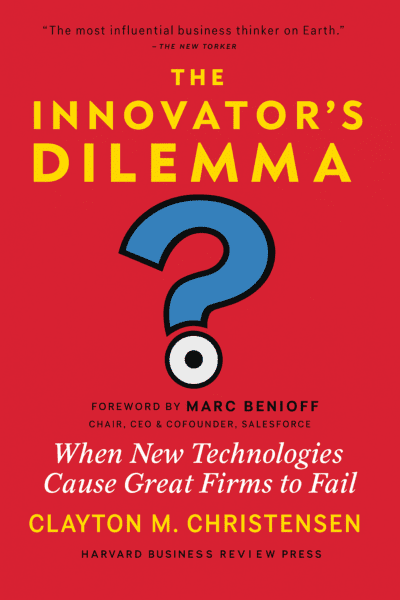

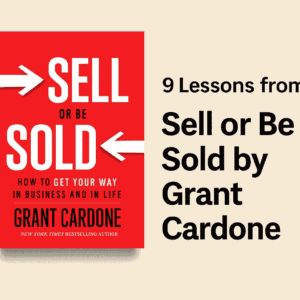
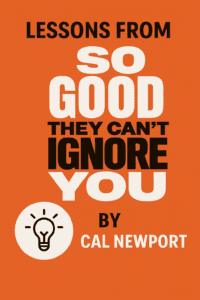
Pingback: The $100 Startup by Chris Guillebeau (9 Incredible Lessons Plus Book Summary)